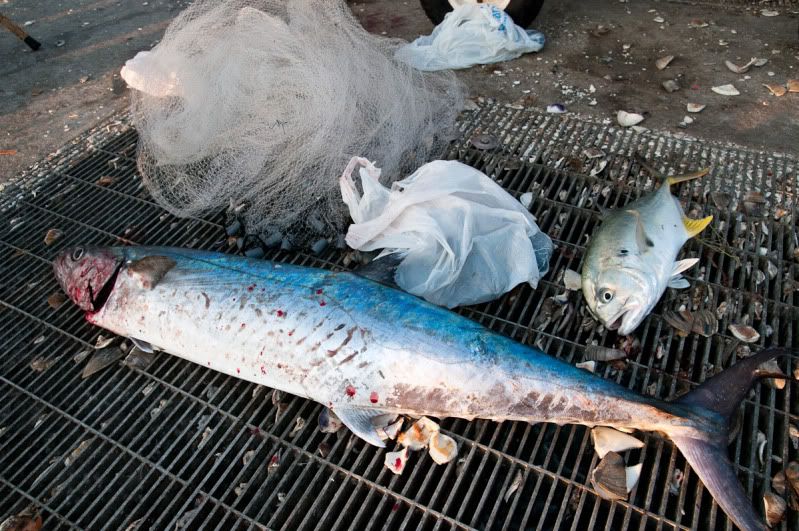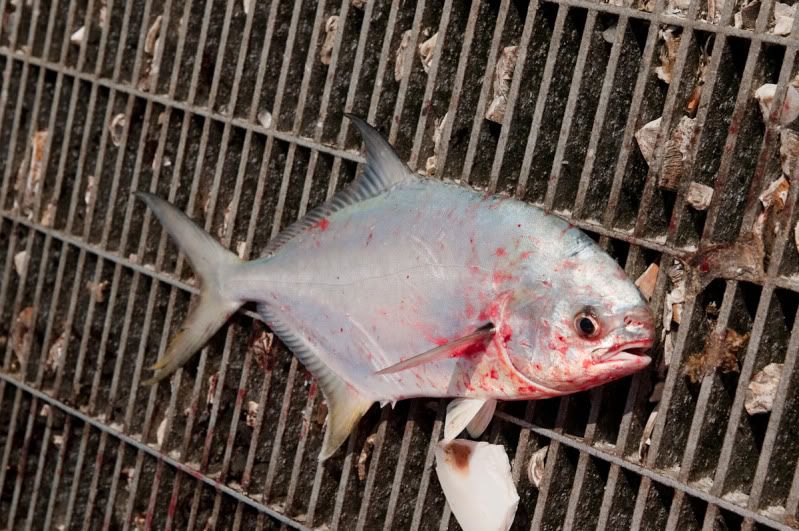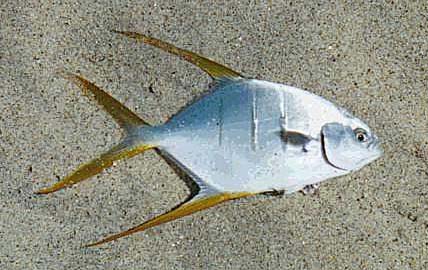D
domromer
Guest
Thats funny, I didn't know sierras were salt cod/bacalau.I grew up with a lot of Portuguese friends and that was their fish of chice.


Those are Jack Crevalle and Spanish Mackeral in the cooler, and a Pompano in the picture above this post.You will rarely will catch a Pompano like that in shore fishing RP, the same family and a leather jack. Night and day.
A wahoo is in the same family of the Sierra, but a Sierra and a Wahoo are also night and day as far as quality.
Corvinas are in a completely different league. Croakers
Maybe I'll see you there. I'll be down June 7-11 and plan on launching the kayak into La Pinta sometime around high tide. I had good luck on corvina there last fall.We come down to RP every other year or so. The last visit we caught quite a few Longjaw Leatherback right off the beach at the Mayan. we also caught some Corvina as you approach the mouth of La Pinta estuary.
Will be down again this june and plan on parking my butt near the channels of La Pinta as the tide comes in.
Leatherjacks; "They lack scales and the skin feels like wet leather, and the mouth is relatively huge, hence the name. I do not care for them much to eat however, so all are released. Description and photo courtesy Neff Nash"
I live along the street from Neff. Met him at La Pinta a couple of years back when he was down with his kids. Are you on this forum Neff?



 These are leatherjacks caught from shore in Cholla Bay back in March, high tide. I originally was confused and thought they were Pampano. Even after asking a few knowledgable people I was still told they were Pompano. I believe these are caught as often as Pompano and are mistakenly called Pompano. They are leatherback jacks and from what i understand make excellent bait. I too am still on the quest to land some of my first corvinas, and possibly with the ultimate goal of catching sea trout.
These are leatherjacks caught from shore in Cholla Bay back in March, high tide. I originally was confused and thought they were Pampano. Even after asking a few knowledgable people I was still told they were Pompano. I believe these are caught as often as Pompano and are mistakenly called Pompano. They are leatherback jacks and from what i understand make excellent bait. I too am still on the quest to land some of my first corvinas, and possibly with the ultimate goal of catching sea trout.


This is most confusing. Should I conclude that there are no true pompano in the waters around Rocky Point?
